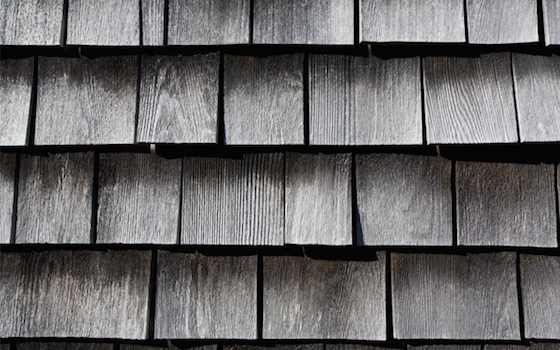- MENU
- HOME
- SEARCH
- WORLD
- MAIN
- AFRICA
- ASIA
- BALKANS
- EUROPE
- LATIN AMERICA
- MIDDLE EAST
- United Kingdom
- United States
- Argentina
- Australia
- Austria
- Benelux
- Brazil
- Canada
- China
- France
- Germany
- Greece
- Hungary
- India
- Indonesia
- Ireland
- Israel
- Italy
- Japan
- Korea
- Mexico
- New Zealand
- Pakistan
- Philippines
- Poland
- Russia
- South Africa
- Spain
- Taiwan
- Turkey
- USA
- BUSINESS
- WEALTH
- STOCKS
- TECH
- HEALTH
- LIFESTYLE
- ENTERTAINMENT
- SPORTS
- RSS
- iHaveNet.com: Home & Garden

Energy-Efficient Roof Options for Your Home
by Jason Carpenter
Save energy (and money) with these green DIY roof options
Eco-friendly roofs were once concepts reserved only for the covers of design magazines or for well-to-do hippies making a statement. Not anymore. These days, many savvy homeowners incorporate energy-efficient technologies on their roofs to save energy and money.
Here are several energy-efficent DIY options for residential roofs.
Solar Roof
The benefits of a solar roof couldn't be more obvious: free, renewable energy to help power your home and reduce the strain on the power grid. Play your cards right and you might even generate enough energy to sell back to the utility company and make a tidy profit.
Until recently, there was a big drawback in solar roofing options: Those old, mammoth clunky panels would look like a giant metal Frankenstein on your roof, negatively impacting the appearance of your home -- and that's if your roof could even support the monstrosities. Luckily, those days are over.
Solar shingles are the new fashion, and they fit on and blend into nearly any residential roof. Several companies make these solar shingles and, in the right sun visibility conditions, they can be popped right onto an existing roof. Solar roofs are a much more attractive option for the green homeowner now, and there are plenty of energy-efficient options out there for buyers to choose from.
Tile Roof
The very same Southwestern-style curved tile roofs that have been around forever are actually an excellent green roof option. This tile provides good ventilation, keeps the house cool, and is made of a recyclable material.
As with any roof material, brighter colors reflect more light away, keeping the house cooler and helping the environment. Tile comes in an array of bright colors, and it has the advantage of being a style that consumers are familiar with -- and that looks good on top of the house.
Recyclables
With so many material choices that work better than traditional shingles, the old asphalt roof shingle could be headed the way of the dinosaur. And since these alternatives are often made of recycled materials, they're easy on the conscience -- and, in many cases, the wallet, when you consider their long roof-life. Additionally, recycled material shingles may save you some money on insurance because of their good fire rating.
Metal is one such option. It is highly durable against wind, rain and fire; reflects plenty of light; is recyclable; and is significantly less expensive than traditional shingles when you consider the fact that metal roofs last two to three times as long. Of course, metal is a broad term and can include zinc, steel and copper. For that reason, metal roofing is available in nearly any color or style.
Recycled rubber is another green choice, and it comes in styles which look quite similar to traditional shingles.
If you absolutely must stick with shingles, consider recycled wood fiber shingles. As an added green component, paint them white to reflect heat away from your house and lower your air conditioning bill.
Living Roof
Nothing is greener than a garden, and with enough effort and the right roof, you can have one on top of your home. A true roof garden is best-suited for urban-style flat roofs, but a living roof can be anything from a few potted plants to a full-on plant and flower conservatory atop your home.
It takes some hardy plants and a green thumb to make it happen, but you can hardly beat the "wow" factor of a living roof. Plus, a rooftop nursery can really insulate a building: A recent study found that on an 80 F day, a tar-painted roof reached 180 F, a white roof 120, and the plant-covered roof was just 85 F.
In the right conditions, a living roof is worth the work and makes for a beautiful addition. And nobody can argue with the beauty factor of this, the greenest of roof options.
Jason Carpenter (yes, that's his real last name) loves to tackle DIY projects on weekends; his work has appeared in This Old House, Men's Health, Consumer Reports and other publications that appreciate good tips and tools. Jason is a frequent contributor to The Workbench Life
AUTOS | HOBBIES | EDUCATION | FAMILY | FASHION | FOOD & RECIPES | HOME DECOR | RELATIONSHIPS | PARENTING | PETS | TRAVEL | WOMEN
Article: Copyright ©,
Home & Garden: "Energy-Efficient Roof Options for Your Home"